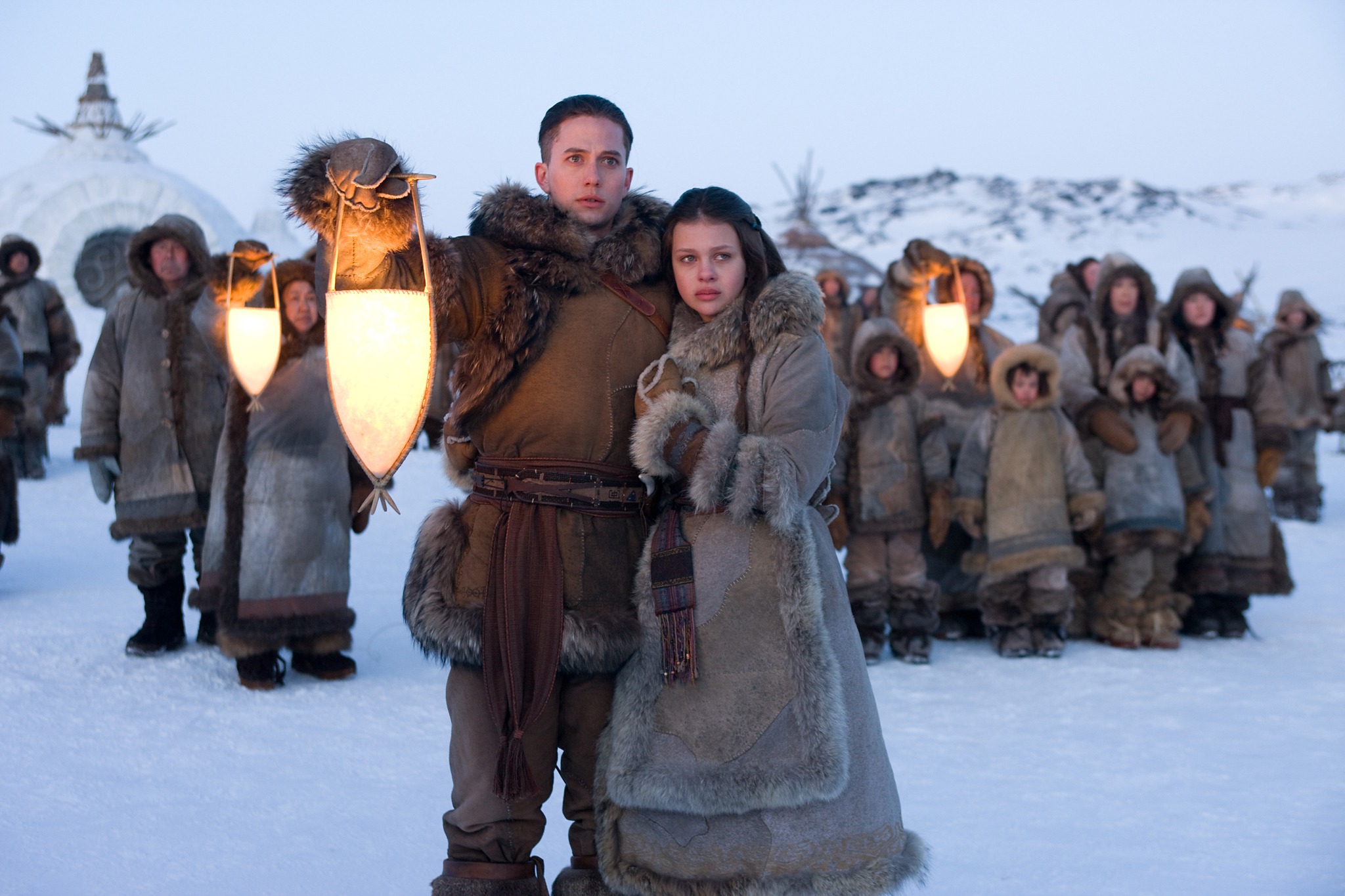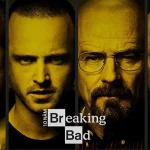The Last Airbender (2010)

“The Last Airbender,” directed by M. Night Shyamalan and released in 2010, is a live-action film adaptation of the acclaimed animated television series “Avatar: The Last Airbender,” created by Michael Dante DiMartino and Bryan Konietzko. Despite the high expectations set by the original series, the film faced considerable criticism upon its release. This essay explores the film’s narrative, character development, thematic elements, and the challenges associated with adapting an animated series into a live-action format. Additionally, it addresses the cultural representation issues and the film’s impact on audiences and critics.
“The Last Airbender” is set in a fantastical world divided into four elemental nations: Water, Earth, Fire, and Air. The plot follows Aang (Noah Ringer), a young Airbender who is revealed to be the long-lost Avatar, the one person who can manipulate all four elements and bring balance to the world. The film begins with Aang awakening from a hundred-year slumber in the South Pole, where he learns that the Fire Nation has waged a war against the other nations and disrupted the world’s balance.
Aang is joined by Katara (Nicola Peltz), a Waterbender, and her brother Sokka (Jackson Rathbone), as they embark on a journey to master the remaining elements and stop the Fire Nation’s oppressive rule. Their quest leads them to confront the Fire Nation’s prince, Zuko (Dev Patel), who is on a personal mission to capture the Avatar and restore his honor. The film culminates in a climactic battle at the Northern Water Tribe, where Aang must harness his newfound abilities to combat the Fire Nation’s forces.

The film features a cast of young actors tasked with bringing beloved characters from the animated series to life. Noah Ringer’s portrayal of Aang attempts to capture the character’s youthful exuberance and inner conflict. However, Ringer’s performance has been critiqued for lacking the depth and emotional resonance of the animated Aang. Similarly, Nicola Peltz’s Katara and Jackson Rathbone’s Sokka, while visually reminiscent of their animated counterparts, struggle to convey the complexity and charm of the original characters.
Dev Patel’s portrayal of Prince Zuko received mixed reviews. Patel brings intensity to the role and attempts to explore Zuko’s internal struggle and quest for redemption. However, the film’s abbreviated runtime limits the exploration of Zuko’s character arc, resulting in a less nuanced representation compared to the series.
The film’s supporting cast, including Cliff Curtis as Fire Lord Ozai and Shaun Toub as Iroh, faces challenges in delivering performances that align with the depth of their animated counterparts. The film’s focus on visual spectacle often comes at the expense of character development and emotional engagement.

“The Last Airbender” explores several key themes, including the balance of power, the journey of self-discovery, and the clash between duty and personal desires. The central theme of balance is evident in the narrative, as Aang must reconcile his responsibilities as the Avatar with his desire for a normal life. The film’s depiction of Aang’s journey highlights the challenges of fulfilling one’s destiny while navigating personal conflicts.
The theme of self-discovery is also prominent, as the characters, particularly Aang, must come to terms with their roles and abilities. Aang’s struggle to master the elements and embrace his identity as the Avatar reflects the broader theme of personal growth and the quest for purpose.
The conflict between duty and personal desires is explored through Zuko’s character arc. His internal struggle to balance his quest for honor with his growing understanding of what is right adds complexity to his role as an antagonist. However, the film’s condensed narrative limits the exploration of this theme, resulting in a less impactful portrayal compared to the series.

One of the most significant criticisms of “The Last Airbender” pertains to its handling of cultural representation. The original animated series drew inspiration from various Asian cultures and philosophies, yet the film faced backlash for its casting choices and portrayal of these influences. The casting of predominantly white actors in lead roles, despite the source material’s clear Asian-inspired aesthetic, led to accusations of “white-washing” and insensitivity toward the cultural origins of the series.
In adapting the series to a live-action format, the film struggled with translating the rich, detailed world of the animation into a three-dimensional space. The visual effects, while ambitious, received mixed reviews for their execution and impact on the storytelling. The film’s attempt to capture the intricate martial arts and elemental bending of the animated series fell short in terms of both visual fidelity and narrative coherence.
“The Last Airbender” was met with a largely negative reception from both critics and fans of the original series. The film’s deviation from the source material, coupled with its issues in storytelling and cultural representation, resulted in a disappointing experience for many viewers. The critical consensus highlighted the film’s failure to capture the magic and depth of the animated series, as well as its struggles with character development and thematic execution.
Despite its commercial success, “The Last Airbender” remains a controversial adaptation that serves as a case study in the challenges of translating beloved animated properties into live-action films. The film’s reception has prompted ongoing discussions about adaptation fidelity, cultural sensitivity, and the responsibilities of filmmakers in honoring the source material.
“The Last Airbender” (2010) stands as a complex and often contentious adaptation of the highly acclaimed animated series “Avatar: The Last Airbender.” While the film attempts to bring the richly imagined world of the series to life, it faces significant challenges in terms of narrative execution, character development, and cultural representation. The film’s shortcomings highlight the difficulties inherent in adapting animated content to live-action formats and underscore the importance of respecting the cultural and thematic elements of the original work. Despite its flaws, “The Last Airbender” remains a notable entry in the genre of live-action adaptations and continues to spark debate and reflection on the art of adaptation and representation.











